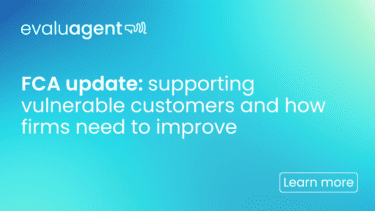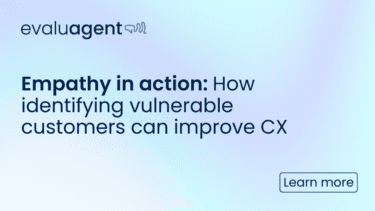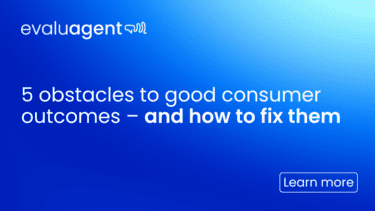“Are you having a good day, Sir?” “Yes, I am”, I reply rather impatiently as there are at least a couple of reasons why I’d prefer not to be asked this question when I call a contact centre. First, the “concern” tends to come across as forced – I have no connection with the agent after all. Second, I called for help – not to exchange pleasantries.
But what if the agent solved my problem but was rude? An article by Brian Cantor at Call Center IQ got me thinking whether perceived rudeness can impact an otherwise good customer experience. An ideal agent is both skilled and polite, but is one of these merits more synonymous with a positive customer experience than the other?
In the real world, we need to encourage, motivate and coach both skillsets. But how do we create a culture where personable agents build an instant rapport while skillfully taking ownership of and resolving my problem?
Technology is not enough.
Obviously, a robust approach to Call Centre Quality Monitoring, Coaching and feedback is a part of the solution. Another key element is an effective training programme and intuitive knowledge management systems. Marrying these solutions enhances agents’ skills and knowledge.
But using relevant technology systems does not by itself guarantee success. If we are to impact agents’ behaviour and support them to be polite and attentive to customers’ needs, we need to change the operational culture.
Focus on customer outcomes.
We should move away from efficiency metrics such as Average Handle Time (AHT) to customer outcomes like First Contact Resolution (FCR) and we need to incentivise, motivate and reward behaviours focused on these customer outcomes.
Making it happen.
This sounds great in principle, but to make it happen, you need some process and system capabilities to support such a change in the operational culture.
We are currently helping one client to measure FCR at agent level by implementing the EvaluAgent FCR Module. With this tool in place, we’ve been able to identify and analyse repeat contacts in order to develop process and system changes that would remove unnecessary contacts. Perhaps more relevant to this discussion, alongside the coaching interventions, simply measuring and reporting FCR at agent level and the supporting communications around the importance of this metric has had an almost overnight impact with FCR rising almost 3% – this is the behavioural impact.
Increasing behavioural impact.
That behavioural impact can be further enhanced with new approaches like call centre gamification – you decide the outcomes you want to encourage and the rewards for employees when they achieve them. With the right systems and leadership culture in place, shifting performance management and motivation away from efficiency metrics like AHT to customer metrics like FCR means that it is possible to achieve a culture where personable agents build an instant rapport while skilfully taking ownership of and resolving customer problems.
In the contact centre industry, where staff morale can drop as quickly as the temperature of the Sahara Desert, encouraging the right behaviour is key to empowering agents and ensuring high standards in your contact centre. As we all know, you can’t change what you can’t measure and motivate.




